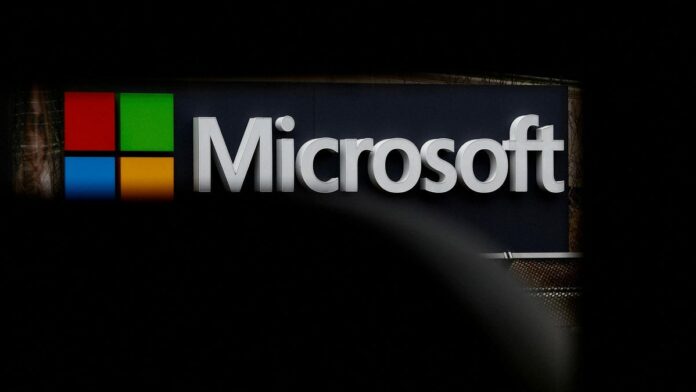Microsoft made a big bet that generative artificial intelligence will change how we work, and the wager looks to be paying off. Above-forecast use of AI in the three months ended Sept. 30 helped drive a 29% year-over-year increase in revenue for Microsoft’s cloud business, including its Azure division. That was below the growth rate in the same quarter last year, but above both the preceding quarter and Wall Street estimates.
The Azure AI platform houses large language models from OpenAI, as well as open-sourced models such as Meta and Hugging Face, which customers can use to build their own AI applications.
Satya Nadella singled out AI copilots—its label for chatbots—as being a real business. “With copilots, we are making the age of AI real for people and businesses everywhere,” Nadella said in a press release. “We are rapidly infusing AI across every layer of the tech stack and for every role and business process to drive productivity gains for our customers.”
What Nadella said on Microsoft’s fiscal fourth-quarter update to investors
Last quarter, the company name-dropped a bunch of business using its AI services (Airbnb and IKEA among them). This time around, the company shared more color on how business customers are using its new tools.
Microsoft has more than 1 million paid Copilot users, Nadella said on the company’s Oct. 24 earnings call with analysts and investors. More than 3,000 organizations subscribed to Copilot for business up to 40% quarter-after-quarter, with significant traction outside the US, he said.
Meanwhile, the number of developers on GitHub—which also is equipped with an AI copilot—have quadrupled in the five years since Microsoft’s acquired the code-repository service five years ago, Nadella said.
Industrial companies like Rockwell Automation and the security company Securitas are using Microsoft’s Dynamics 365 products—its Office products for businesses—to get faster access to data, Nadella said, while hospital network Atrium Health is providing physicians with generative AI tools to draft clinical notes, saving up to 40 minutes per day in documentation time. “We’re using this AI inflection point to redefine our role in business applications,” Nadella said.
Microsoft noted “high demand” for its Security AI copilot, which analyzes cybersecurity insights. Clients including Bridgewater, Fidelity, and the government of Alberta have been using the AI assistant in preview, and “early feedback has been positive,” said Nadella.
How did Microsoft become at the forefront of the generative AI industry?
The tech giant had a head start in releasing its AI tools, having built a relationship with ChatGPT maker OpenAI since 2020 and investing at least $10 billion into the company. Now it’s using generative AI tools to automate away boring office tasks.
In January, Microsoft unveiled its new Bing search engine, now with generative AI, to fulfill more complex search queries. In March, the company announced that its AI Copilot, which will be available across all Office apps such as Word and Outlook to help summarize meetings or draft emails, would become widely available starting Nov.1. The company has priced its AI assistant at $30 per user per month, in addition to what businesses already pay for Office products.
At least 600 companies had been testing Microsoft 365 Copilot since the tool was first announced in March. Microsoft’s general manager of the future of work, Colette Stallbaumer, told Quartz in September that the most popular use case was summarizing meetings.


